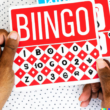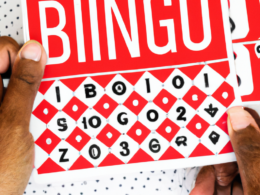The majority of people who play Bingo understand that there is a wagering component to the game. Wagering is the act of betting money on a particular outcome of a game, and in Bingo, it is most often used to determine the winner of a given match.
The amount wagered can vary significantly from game to game, but the basic concept is the same: players can place bets on any number in a Bingo card, from 1 through 52. The higher the number on the card, the greater the potential payout – provided, of course, that the number is called correctly.
If you’re betting on a single number, your chances of winning are pretty much 100 percent if you get that number called – but what if you’re betting on two or more numbers That’s where things start to get interesting. Let’s say you’ve placed a bet on number 10 and 12 in a particular row.
If 10 is called and 12 isn’t, your prize would be $2 (assuming you wagered $1 per number). But what if 10 IS called and 12 ISN’T In that case, your prize would be $10! This happens all the time in Bingo – numbers can be called in different orders, or at different times during a given match, which can impact how much money players will end up winning or losing.
So how do casinos determine how much money players should win or lose when they make wagers That’s where things get tricky. Casinos typically use some kind of mathematical algorithm to calculate payouts for each individual bet based on how likely it is that each number will be called.
But even though casinos know exactly how much money to give out for each bet, they still have to make sure that players who place wagers feel like they’re getting their money’s worth – otherwise, they’ll simply switch to playing games with less risk/reward potential. That’s why casinos often offer additional bonuses and promotions when specific numbers are going to be called (for example, when it looks like the entire row might be called).






